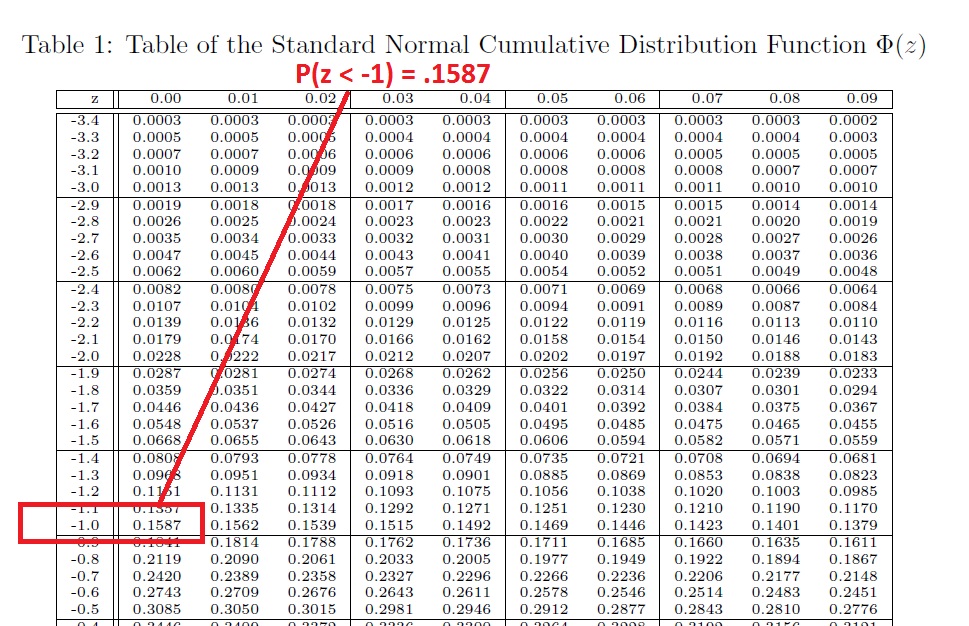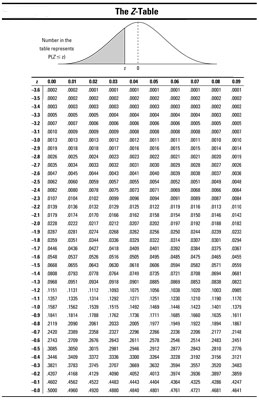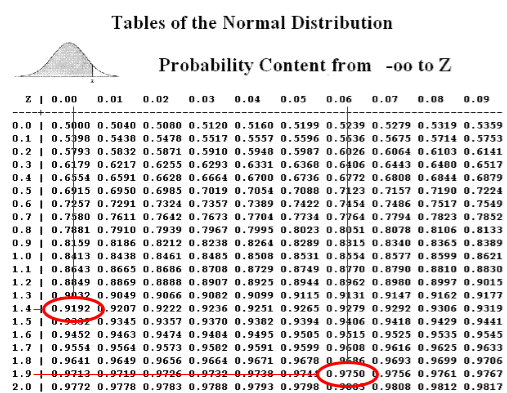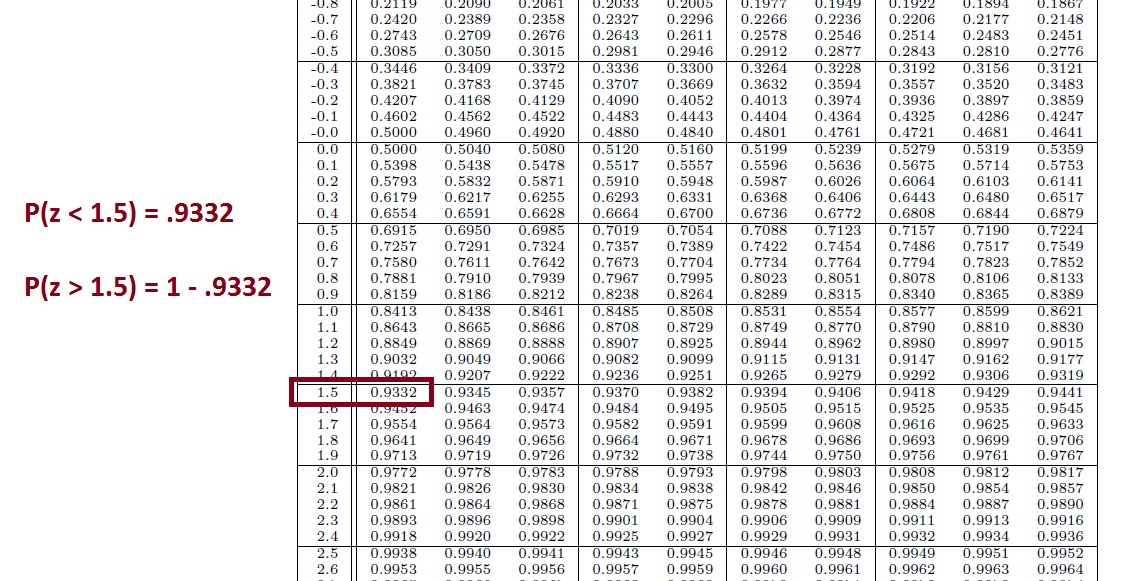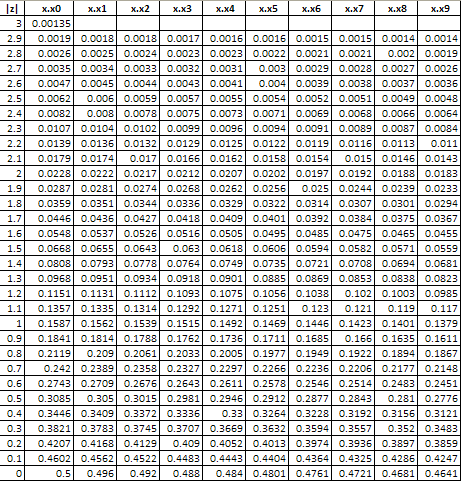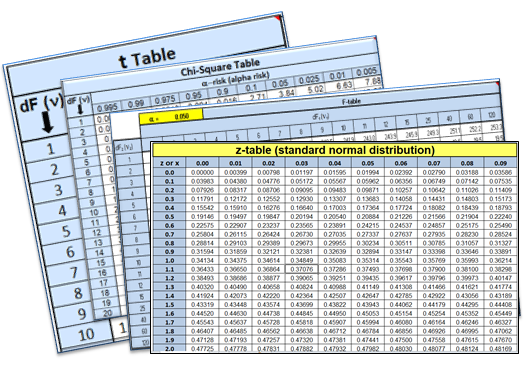How To Use Excel Instead Of Z Table
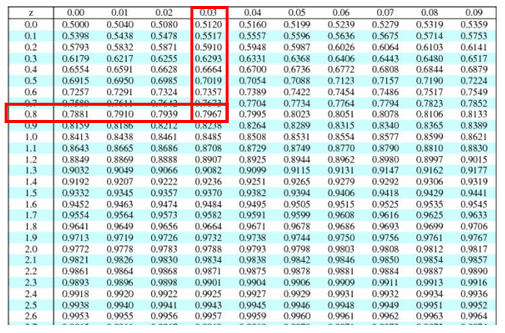
How to use excel.
How to use excel instead of z table. Z score table sample problems. First we find the first two digits on the left side of the z table. In this case it is 1 0. Use these sample z score math problems to help you learn the z score formula. How to calculate z score in excel.
Z score in excel. Format as table menu in excel. 0 9332 to find the answer using the z table find where the row for 1 5 intersects with the column for 0 00. Press the table button in the tables section. After calculating the standardized score we need to look up the area same as probability using the z table.
This value is 0 9332 the z table shows only less than probabilities so it gives you exactly what you need for this question. A beginner s guide to getting started. We can also use a keyboard shortcut to create a table. This section will answer where the values in the z table come from by going through the process of creating a z score table. You can use average and stdev s or stdev p formulas to calculate the mean and standard deviation of your data and then use those results to determine the z score of each value.
Make sure you re working on the home tab on excel s ribbon and click on format as table and choose a style theme to convert your data to a table. Use the keyboard shortcut ctrl t to convert your data to a table. It is also known as a standard score. That s why we ve put together this beginner s guide to getting started with excel. When you create an excel table excel assigns a name to the table and to each column header in the table when you add formulas to an excel table those names can appear automatically as you enter the formula and select the cell references in the table instead of manually entering them.
Select the range of data including the column headings. In either case you ll receive this pop up menu asking you to confirm the table settings. Z score is used for statistical measurement. Excel z score table of contents z score in excel. A z score is a statistical value that tells you how many standard deviations a particular value happens to be from the mean of the entire data set.





